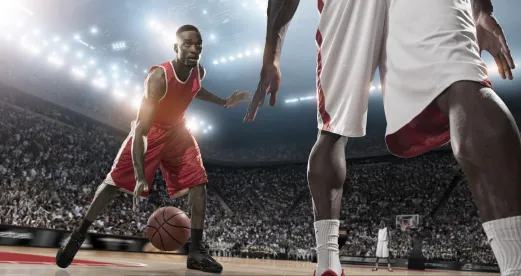In the nine years I served on the NCAA Division I Committee on Infractions (COI), we processed roughly 120 major infractions cases. Most were handled through in-person hearings, but a few were handled on paper, through the summary disposition process.
To the extent university presidents and other institutional staff members felt bold enough to voice their complaints regarding the process, one of the most common was the time it took to resolve a case from the start of the investigation. That complaint was understandable and, in some cases, well deserved. The cloud that hangs over a school under investigation takes a toll on the institution and all the people involved.
On August 1, 2016, the NCAA reported some good news – the time it takes to process cases has been reduced, even with an increasing caseload.
The reasons stated for the improvement include more options available to process a case short of the costly and dramatic in-person hearing, different approaches taken by the NCAA enforcement staff, and a focus on not allowing cases to drag on.
My personal observation is that the current staff is more focused on what are considered to be the major violations and supporting proof and more determined to avoid prolonging cases based on “what else might be out there.” Everyone in this line of work knows that on any campus, if you keep on digging, you’ll likely find more, although the additional violations may be nit. At some point, NCAA enforcement need to exercise discretion and good judgment and bring the investigative stage to a close based on diminishing returns. I have found in recent years that certain staff members would close investigative proceedings before they wind up finding just nit.
How can an institution move cases along and, of equal importance, make sure a first NCAA infractions case does not turn into a second a year or so down the road?
Many athletic compliance offices are thinly staffed, barely able to keep up with the day-to-day monitoring, educational, and reporting obligations.
If you get involved in an NCAA infractions case and the school receives a document-and-record request from the NCAA, make sure the athletic compliance office has all the help it needs collecting and responding to the document request while getting the regular, daily compliance job done.
This may mean temporary staffing help in the compliance office to handle the NCAA production schedule or interview schedule.
In my nine years on the COI, we had more than a few cases where the first major infractions case was followed by another only a year or two later. Ask the compliance officer at a hearing, “How did this happen?” Too often we heard the compliance office had insufficient staffing and resources to handle the burdens brought on by the first case while trying to run the compliance office. An additional investment of people and resources can help avoid being a two-timer in the process and can move the first case along.
When an NCAA investigation starts, the athletic director and general counsel should initiate a candid conversation with the athletic compliance office to see what help is needed and can be provided. Many eager compliance folks are reluctant to ask for help. A small additional investment of resources handling the first matter, however, will dwarf the costs of handling a second major case and may shorten the length of the first case.




 />i
/>i

